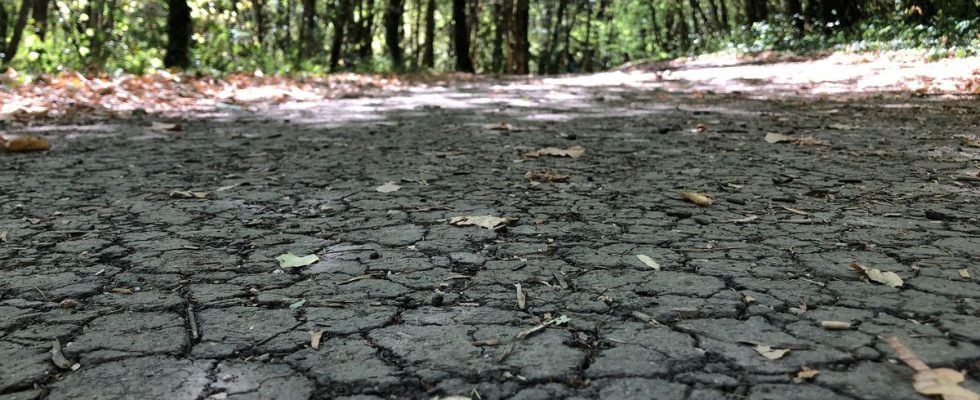The Jura lacks water. Lots of water. The northern part of the department was placed on Thursday on “crisis” alert for the drought. This constitutes the highest level of alert and leads to restrictions on water use in the face of “insufficient precipitation”, announced the prefecture.
In detail, in the North Jura, the level of vigilance is raised to “crisis” (fourth level out of four) for “non-economic” uses of water, and to “alert” (second level) for uses economic. These measures involve in particular the complete cessation of watering and cleaning of facades, roofs and sidewalks by individuals, as well as the cessation of watering of sports fields, and the ban on filling and emptying swimming pools.
Two other sectors of the Jura on “heightened alert”
For the economic sector, this implies a ban on washing vehicles in stations (except systems equipped with high pressure or water recycling), stopping the watering of construction sites or even golf courses during the day. Manufacturers are required to reduce their levies by 10%.
Two other sectors of the department (Limestone Plateau and Haute-chaine) have been placed on “reinforced alert” vigilance (third level) for economic and non-economic uses of water. Companies are therefore called upon to reduce their consumption by 20%.
A “worrying” situation
As of September 1, France still had 62% of its groundwater, the main reserves of drinking water, below seasonal norms, including 18% at very low levels, the Bureau of Geological and Mining Research (BRGM) announced on Thursday. ).
The situation is “worrying” or even “worrying” on the Mediterranean rim, on the Rhone corridor and the south of Alsace “which are experiencing historic minimums in many sectors”, indicated Violaine Bault, hydrogeologist at BRGM.
According to the Minister of Ecological Transition, Christophe Béchu, as of September 8, 189 municipalities were deprived of drinking water, twice as many as on August 10. This is certainly less than last year at the same time, when some 700 municipalities were affected, but “the water crisis is not yet behind us”, he noted.

